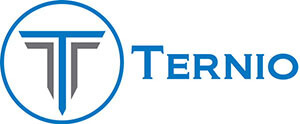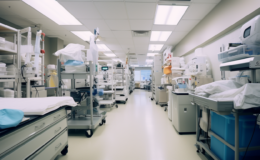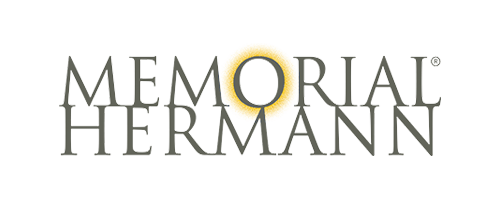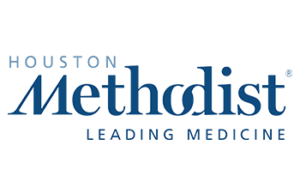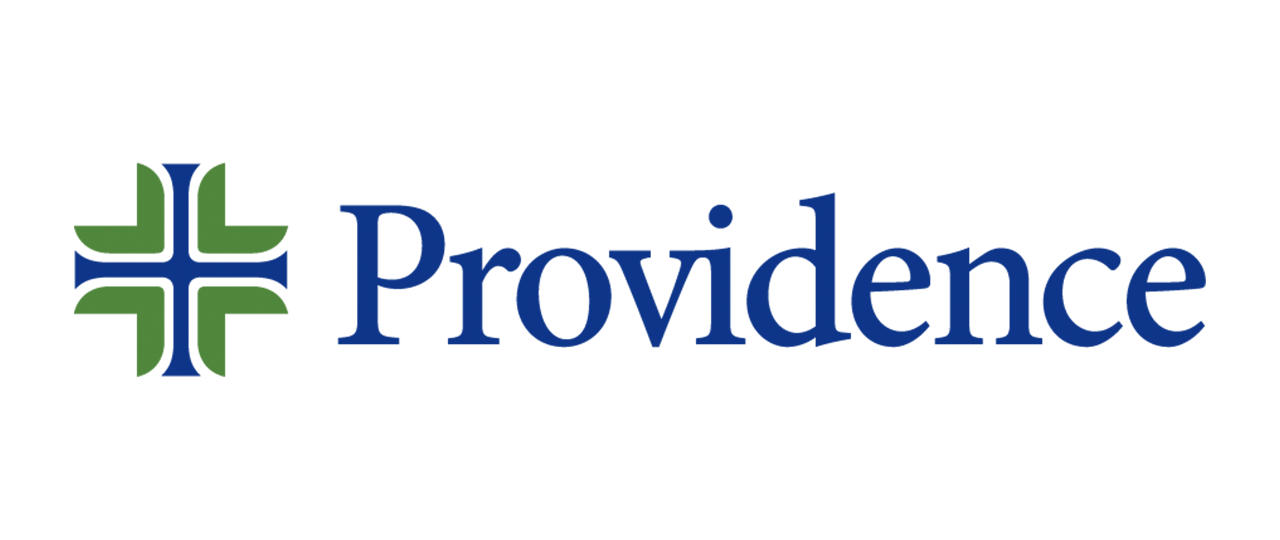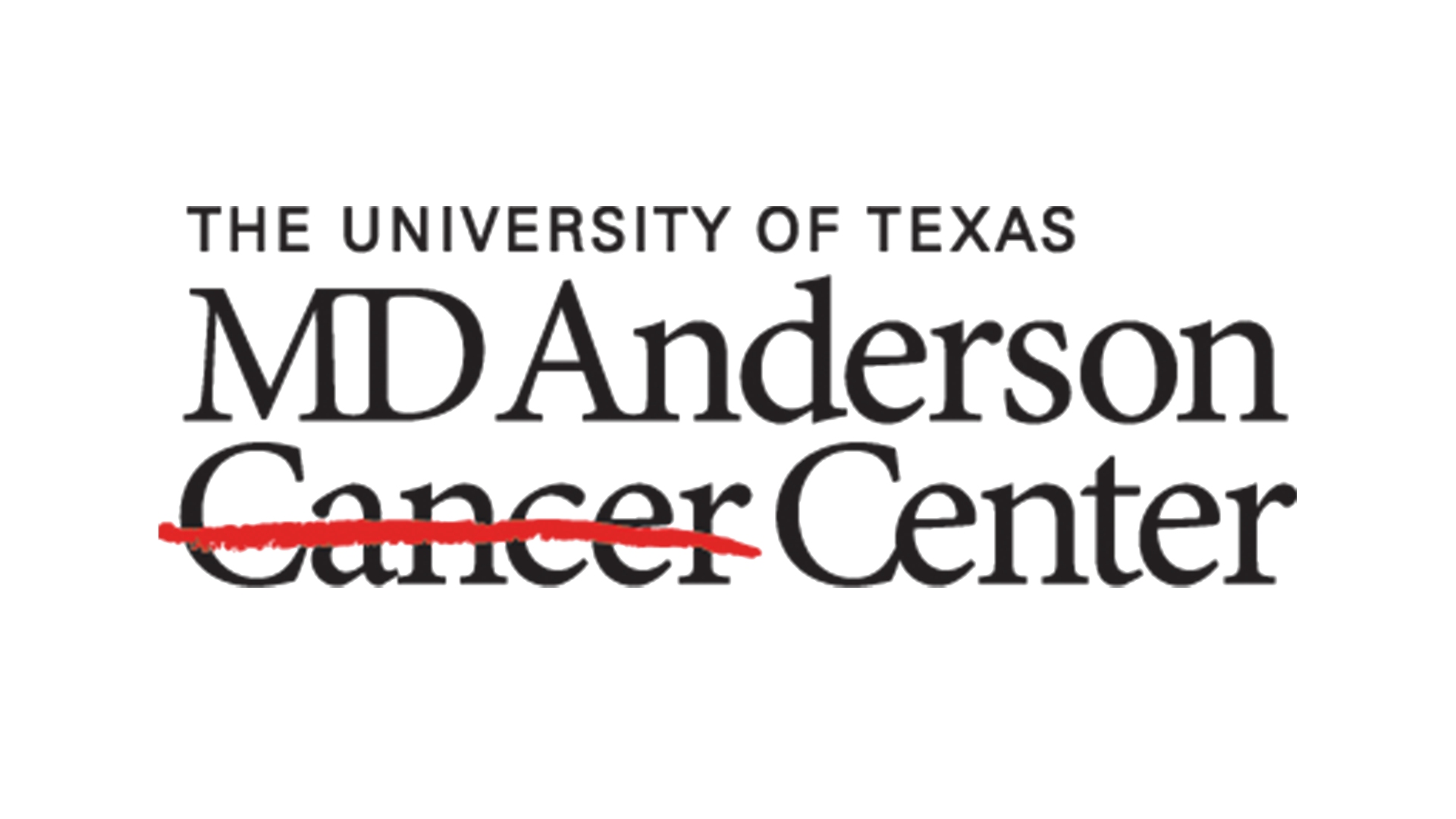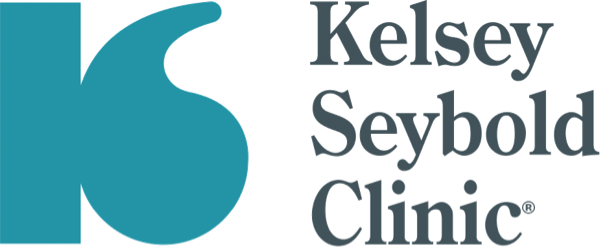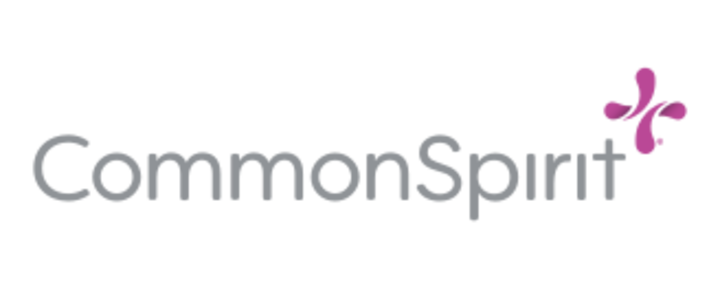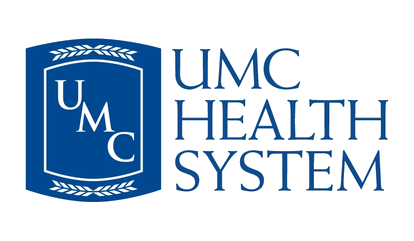… and other obstacles to positive change in the surgical supply chain
Ternio Newsroom Staff | December 2022
“Hiding within those mounds of data is the knowledge that could change the life of a patient or change the world.”
– Atul Butte
A Universal Truth
It’s nearly universally understood. When better data, analytics, and technology are implemented in the hospital supply chain, dramatic improvements in efficiency, effectiveness, outcomes and patient care are the result. So why are so many hospitals still using outdated, manual systems and procedures?
In our experience, these are the top 4 obstacles to positive change in the surgical supply chain.
Obstacle #1: Inertia.
“That’s how we’ve always done it.” It’s Newton’s first law. A body at rest tends to remain at rest. Change inevitably requires work and the perception of risk. Doing nothing is almost always easier.
It’s instructive at this point to examine the case of Xerox, the computer mouse, and the graphical user interface. Xerox invented these technologies at their PARC research facility in Palo Alto, California. Yet, today, you won’t find a Xerox logo on the back of a laptop. Why? Because the Xerox management team wasn’t willing to take the risk to bring the ideas to market.
Being risk-averse means accepting a status quo that is incrementally falling behind. The good news? There is a data-driven, cloud-based, technological alternative to cumbersome, inaccurate, labor-intensive, and error-prone manual, supply chain systems and processes. The even-better news? Once put in motion, this new technology will more than pay for itself in actual savings, in addition to its myriad of other benefits. And a body in motion tends to remain in motion.
Obstacle #2: Accountability.
Relationships with long-term vendors and suppliers can become “comfortable” to the point where there is little to no accountability anymore. Real accountability involves (among other things) real-time visibility into the process and operational status. It includes reporting and proactive alerts with proposed solutions/options for any issues that may arise. And it should provide administrative control over the entire process. In short, it’s “data, data, and more data”, along with analytics, timely access, and intuitive, useful administrative tools. Professional, timely and knowledgeable support should be there when you need it. Many supply-chain vendors fail to meet this standard of accountability.
If you’re not getting the foundational technology, data, and tools that fuel this kind of accountability, maybe you’re overdue for a review with your supply chain vendors.
Obstacle #3: Labor.
“We have had the luxury for many, many decades, of having a really strong institutional knowledge really across our healthcare system, and we’re now seeing that fractured.”
– Kim Haines, Medline
So much has been written about the continuing labor shortage in healthcare (including right here in Ternio News) that you’re probably tired of hearing about it. Yes, it’s an ongoing problem with no clear end in sight. Traveling nurses and increased staff turnover have resulted in a precipitous decline in institutional knowledge. The people that have been relied upon in the past to “know” what is needed, and when, are likely no longer there. The next clinician in the OR will likely NOT be someone who has done that particular procedure so often that they just “know” the supplies and instruments that are required. They will be totally reliant on what the card tells them. And if that card is out of date, incomplete, or otherwise inaccurate…?
The ongoing labor shortage is not a reason to delay the implementation of new data-driven supply chain technology. It’s actually one of the best reasons to accelerate its implementation.
Obstacle #4: Training.
These phrases should sound familiar:
— “Who has the time to learn a new system?”
— “We can barely keep up with the personnel we have, let alone reassign someone to learn a new system.”
You (or someone you work with) have likely said or thought similar things. Well, we hear you. Loud and clear. But a big part of the reason that your team can “barely keep up” is because of the inefficiencies of the current system. Clinician time is wasted retrieving items that should have been on the card. It’s wasted in picking items that don’t get used. It’s wasted in attempting (and mostly failing) to update and keep accurate cards. All of these inefficiencies can be addressed and improved with technology that provides better data.
The real question is “Can we afford to let training challenges stand in the way of implementing a better, data-driven system that will reduce patient risk, improve efficiencies, and give clinicians more time for patients in the long run?”
The Bottom Line
“…many hospitals are not using supply chain data analytics to define areas for improvement, the [Sage Growth Partners] survey found. Other organizations are using manual and low-tech approaches to managing the supply chain…”
— Fierce Healthcare, citing a 2019 study conducted by Sage Growth Partners
Healthcare is all about people. As Trevor Bennett told us in our Expert Insights conversation recently,”… if you don’t have people to take care of people, your business model is at risk.” Your people, as highly trained, experienced, well-intended, and technically qualified as they can be, still require the best tools and processes available to be effective and efficient in their roles. Palpating a patient will never be as useful and reliable as modern CT scans or x-ray imaging. In the same way, manual, paper-based systems will never rival data-based technology for accurate, efficient, and accountable management of OR instruments and supplies.
In the final analysis, Inertia, Labor, Accountability, and Training are not reasons to procrastinate or delay. They are not obstacles. They are the very reasons to move forward now.
Ternio works with you to uncover, quantify, and track your key performance indicators (KPIs). We’ll help establish benchmarks for performance and provide the reporting tools needed to track and visualize supply use trends so that you can continuously optimize for greater efficiency, reduced risk, and better patient outcomes/experience. We’ll help you identify what you need to do more of, what needs to be eliminated, and what needs to be improved.
